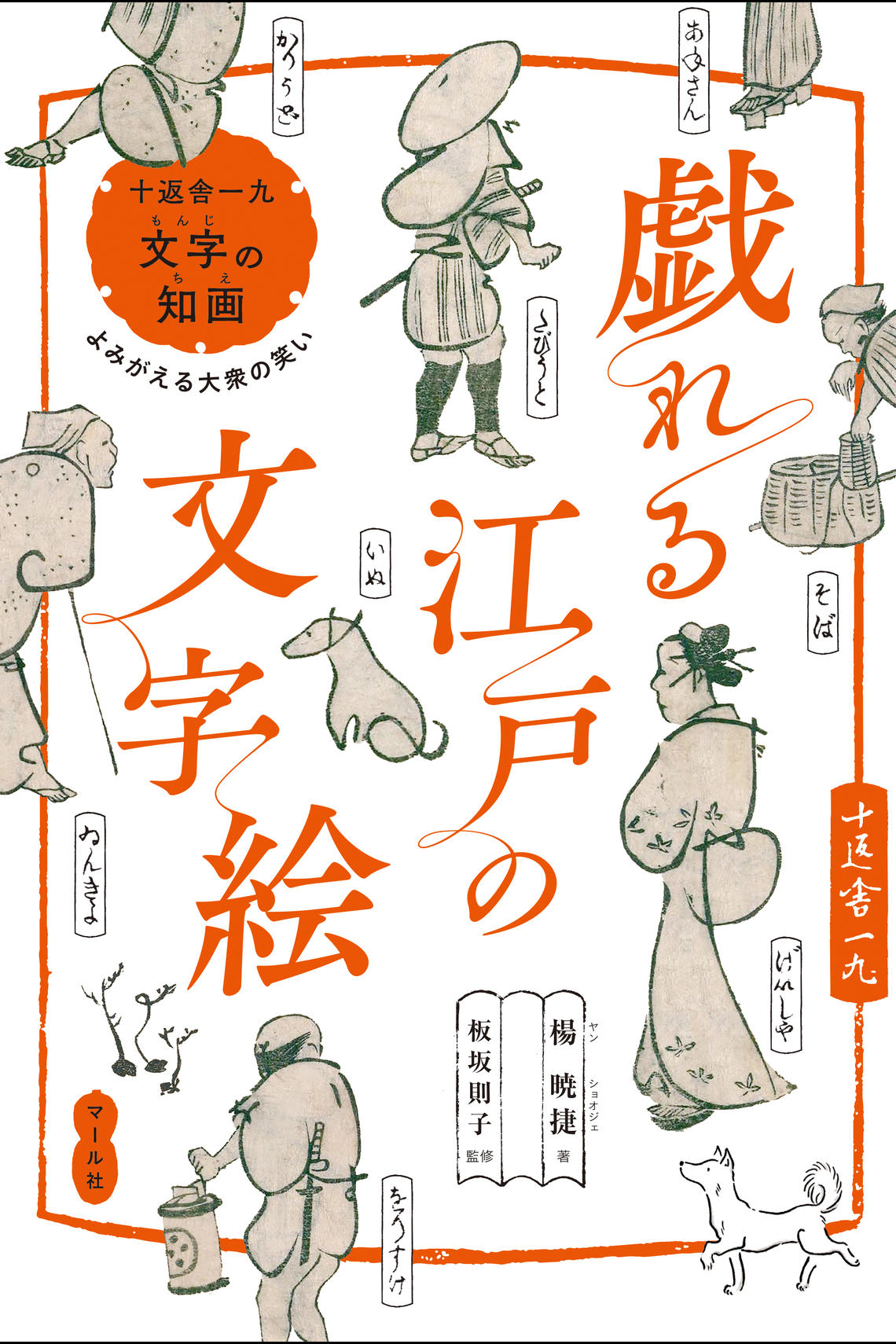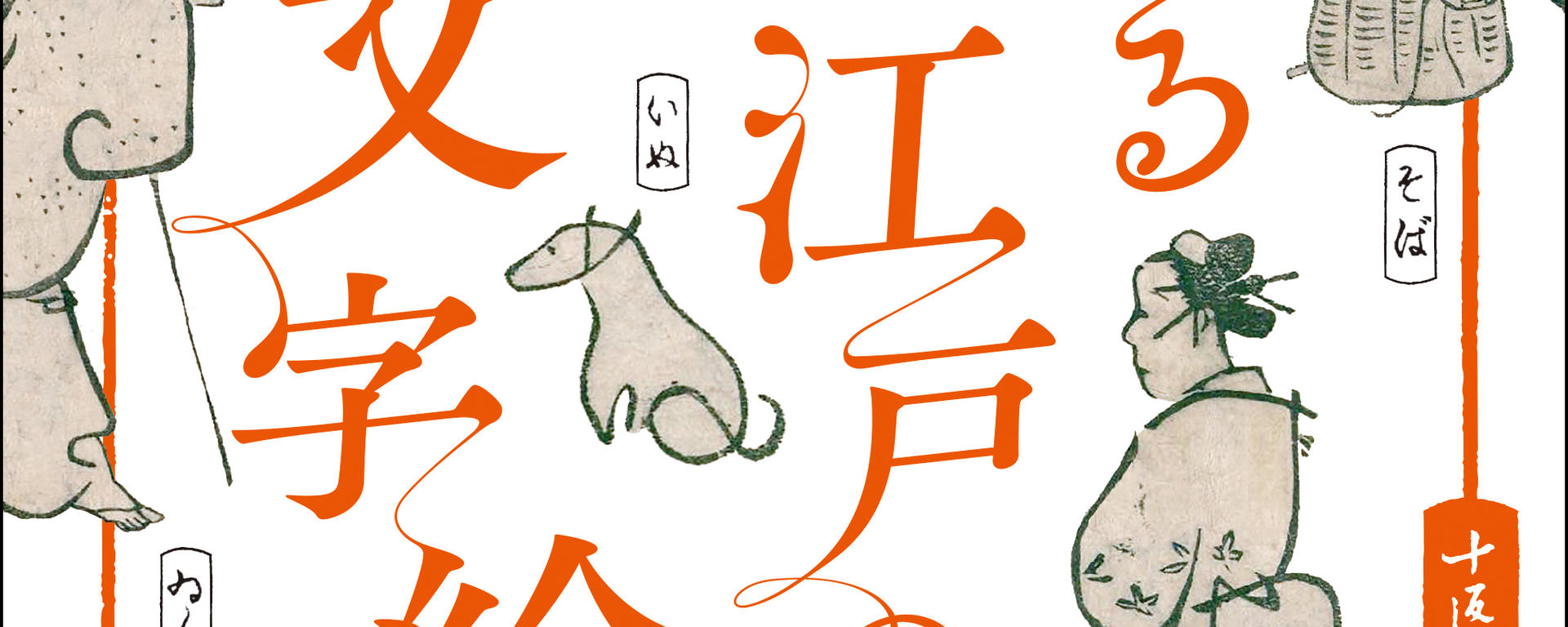

Nov. 23, 2022
Playful Mojie in Edo
“Mojie” is a picture drawn with words.
The famous one is “Hehenomoheji – へのへのもへじ“.
This well known character consists of seven hiragana characters.
Dr. Xiao Jie Yang reinterprets “Moji no Chie” written by Jupoensha Ikku in Edo period for modern Japanese readers. “Moji no Chie” contains various Japanese poetry styles such as Senryu (川柳: a metre of 5-7-5, more cynical or humorous than Haiku), Kyoka (狂歌mad poetry: a metre of 5-7-5-7-7, a parodic subgenre of the tanka) and Tanka (短歌5-7-5-7-7 form of Japanese poetry) as well as “Mojie” illustrations.
“Written around 200 years ago, the characters are mainly merchants and townspeople working in the town of Edo, as well as people from Hanamachi (Lit. Flower District, Geisha quarter), travelers, warriors, and those wandering aimlessly through the town. A total of 41 people of men and women of all ages and a dog. Their chats, indecent talk with minglings of joy and sorrow, may make us, who live in the modern society, feel startled, smile wryly, or make our hearts glow.
This book offers a glimpse of the “laughter of the people who lived in Edo” that Ikku observed.”
This book will be published on November 24, 2022 from MAAR-SHA in Japan.
戯れる江戸の文字絵
十返舎一九「文字の知画」よみがえる大衆の笑い
絵の中に文字を表す「文字絵」。
たとえば、有名な「へのへのもへじ」では、文字の形が顔の要素をかたどっています。
本書は、そのような文字絵に川柳、狂歌、短歌などを添えた、十返舎一九の滑稽本『文字の知画』(もんじのちえ)を現代語読みにしました。一九の綴った言葉への見解を交えて、わかりやすく解説しています。
時は今から200年ほど前、登場人物は、江戸の町で働く商人や町人を中心に、花街の人々や旅人、武士、また町中をあてもなく彷徨う者など、老若男女総勢41人に犬1匹。彼らのよもやま話や尾籠な話、その悲喜こもごもに、現代に生きる私たちはギョッとしたり苦笑したり、時に微笑ましく感じたりするかもしれません。
一九が見つめた「江戸の市井の笑い」が垣間見え

